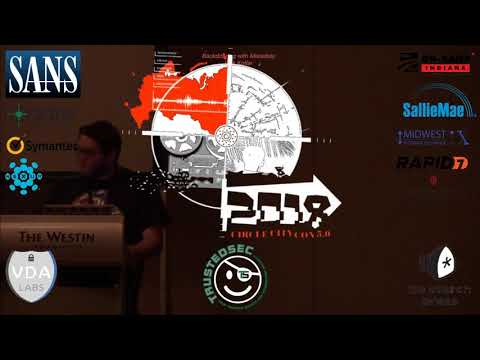Description:
Explore a conference talk on backdooring techniques using metadata, presented at Circle City Con 5.0 in 2018. Delve into the intricacies of userland backdoors, focusing on the BACE (Binary-based Application Composition Engine) approach. Learn about chmod and setuid mechanisms, and how they can be combined with BACE to create backdoors via metadata. Compare this method to traditional rootshell backdoors, and discover the cross-platform capabilities of BACE. Examine environment variables, setuid-wrapper.c, and process spawning techniques. Gain insights into detecting and mitigating these methods, and explore potential future developments in this field.

Backdooring with Metadata
Add to list
#Conference Talks
#Information Security (InfoSec)
#Cybersecurity
#Computer Science
#Information Technology
#Data Management
#Metadata